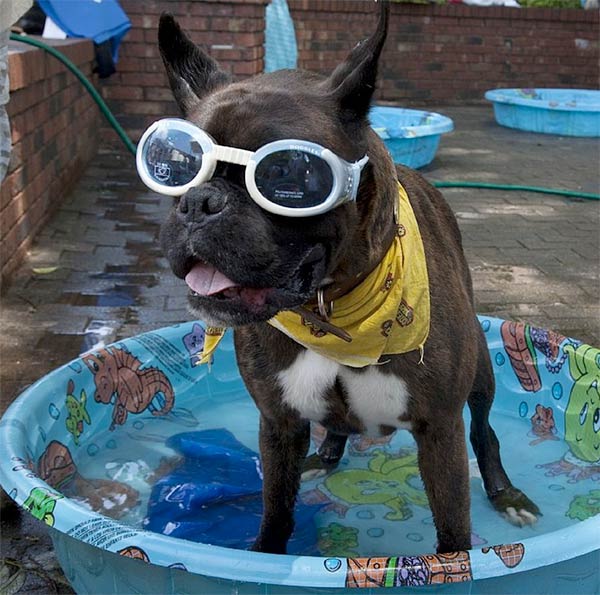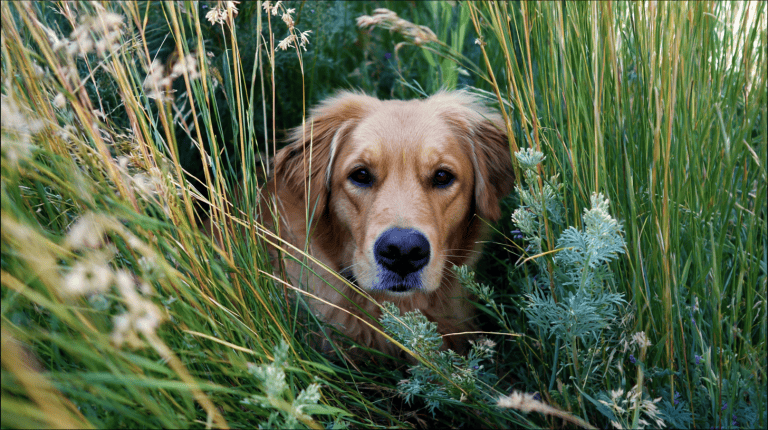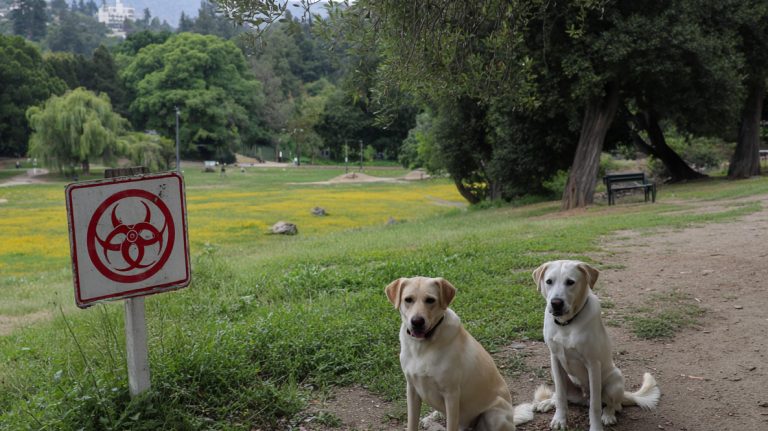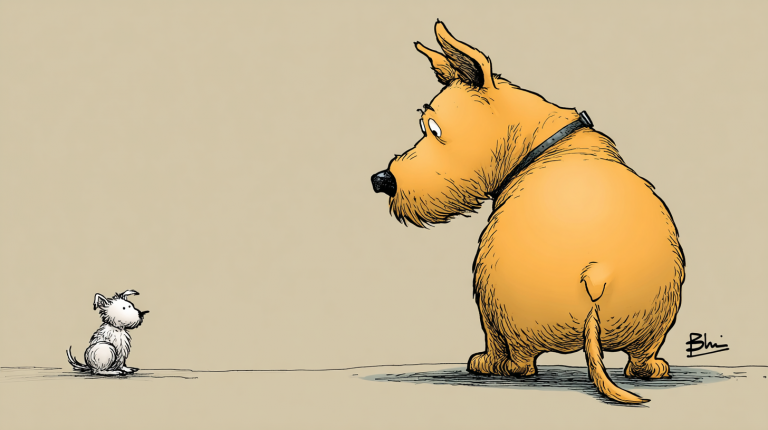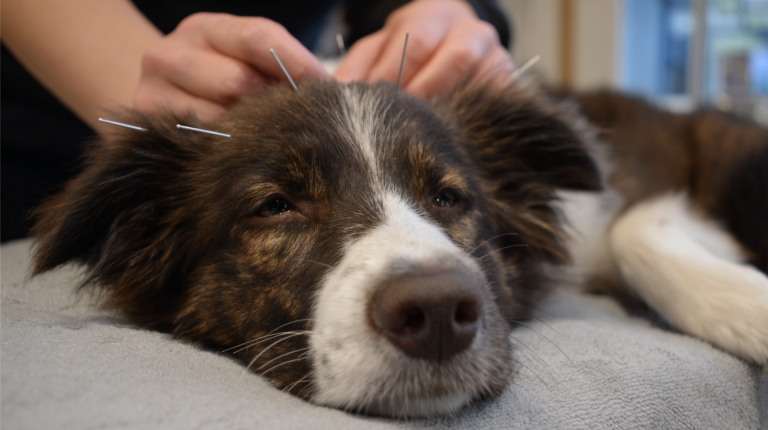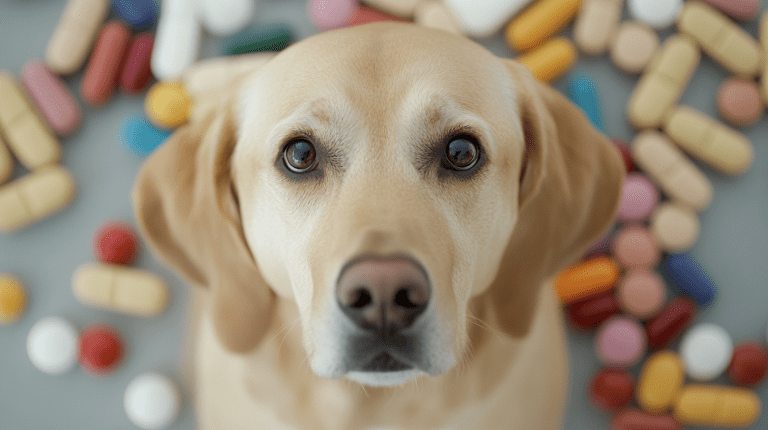By Dr. Angela Gaeto, DVM, of the Helen Woodward Animal Center community in San Diego County.
Summer's here! It's essential to protect your dog from the hazards of hot weather and practice sun safety.
Sun safety means avoiding the dangers of both sunlight exposure and heat exposure. While plenty of dogs have thick coats to protect them from sunlight, many dogs with white or light colored fur, or areas of skin entirely without fur, can sunburn easily. Sunscreen for humans can help some dogs, but other dogs just lick it off, so your best bet is to keep dogs in the shade when the sun is bright. Another idea—T-shirts or other items of dog wear to protect sensitive skin.
Also, be aware that hot pavement can easily burn the pads of your dog's paws. If a surface is too hot for your bare feet, it's too hot for your dog's paws also.
Heat Hazards
Consider the temperature when enjoying outdoor activities with your dog. Dogs can overheat quickly and do not have as many ways to cool off as humans do. A dog's normal body temperature is 101-102 degrees; a 3-degree rise in temperature is dangerous and makes a dog need more oxygen; at 108 degrees, the heart, brain, liver, kidneys, and intestinal tracts begin to break down.
Don't ever leave your dog in the car. On a sunny day at 70 degrees, the inside temperature can reach 104 degrees within half an hour, 113 within an hour. When it's above 80 degrees and the car is in direct sunlight, the interior temperature can rise to lethal levels of 130-172 degrees very quickly.
Heat stroke is a very serious issue and can be prevented by allowing your dog shade, water, and rest during summer months. Dogs like pugs, bulldogs, and other breeds with "smooshed-in" faces are especially vulnerable to heat stroke and respiratory distress in hot weather.
If your dog is dehydrated, weak and lethargic, panting heavily, drooling excessively, or moving with a wobbly, uncoordinated, or drunken gait, suspect heat stroke.
Rush an overheated dog to an air-conditioned room. Immerse him in cool, but not cold, water, and give small sips of water to drink. Apply ice packs, if necessary, and get that dog to the veterinarian!

